Home>Gardening & Outdoor>Landscaping Ideas>How Long To Water Fescue Grass
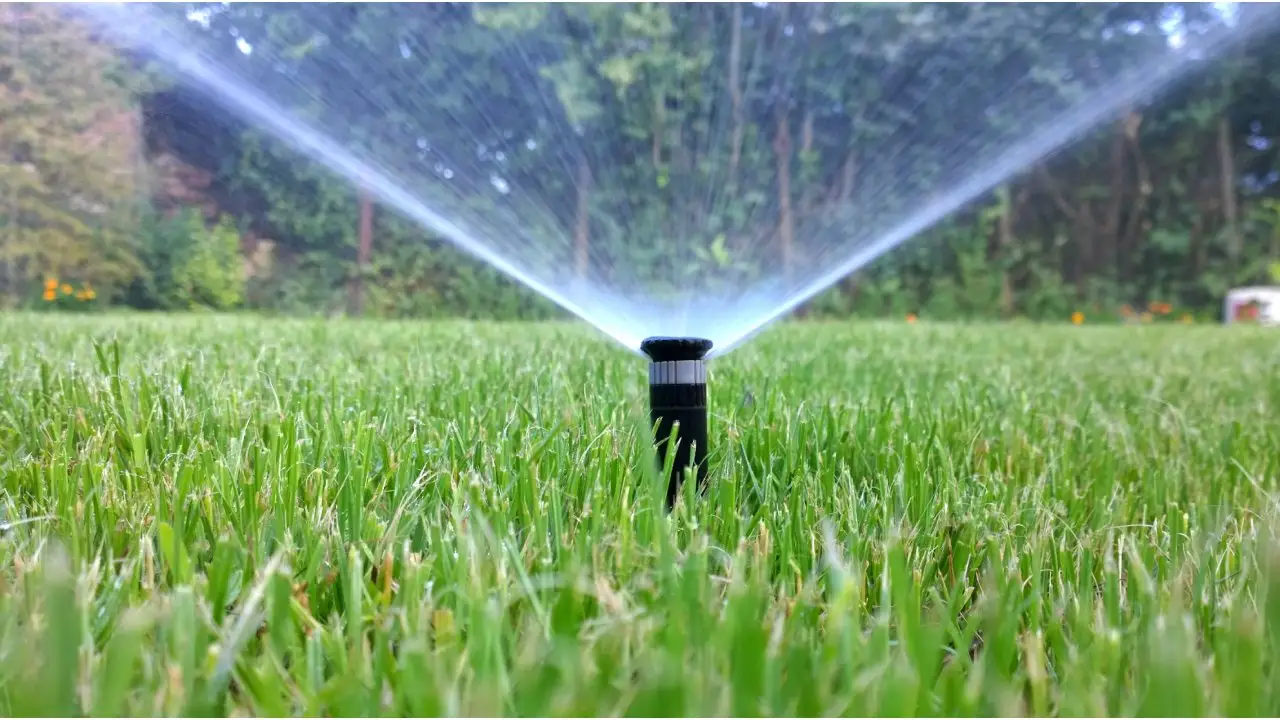

Landscaping Ideas
How Long To Water Fescue Grass
Modified: February 18, 2024
Learn the best watering practices for fescue grass in your landscaping. Find out how long to water fescue grass for a healthy and vibrant lawn.
(Many of the links in this article redirect to a specific reviewed product. Your purchase of these products through affiliate links helps to generate commission for Storables.com, at no extra cost. Learn more)
Introduction
When it comes to maintaining a lush, vibrant lawn, proper watering is essential. Among the various grass species, fescue grass is known for its adaptability and resilience, making it a popular choice for lawns in many regions. However, achieving the perfect balance of moisture for fescue grass can be a bit of a puzzle for many homeowners and gardeners. In this comprehensive guide, we will delve into the nuances of watering fescue grass, exploring the factors that affect watering duration and providing practical tips for ensuring your fescue lawn remains healthy and verdant.
Watering fescue grass involves more than just turning on the sprinklers. It requires a nuanced understanding of the grass's specific needs, the local climate, and various other factors that can influence the watering duration. By gaining insights into these aspects, you can tailor your watering routine to promote the optimal growth and resilience of your fescue grass, ultimately yielding a picturesque lawn that enhances the beauty of your outdoor space.
Whether you're a seasoned gardener or a novice homeowner looking to elevate your lawn care game, this guide will equip you with the knowledge and confidence to make informed decisions about watering your fescue grass. So, let's embark on this journey to unlock the secrets of nurturing a thriving fescue lawn through effective and efficient watering practices.
Key Takeaways:
- Water fescue grass deeply but less often to help it grow strong roots and stay healthy, considering factors like soil type and climate.
- By following a consistent watering schedule and using efficient irrigation methods, you can nurture a beautiful fescue lawn while conserving water resources.
Read more: How To Water Fescue Grass
Understanding Fescue Grass
Before delving into the specifics of watering fescue grass, it’s important to grasp the nature of this resilient and versatile grass species. Fescue grass is renowned for its adaptability, making it a popular choice for lawns in various climates. It is valued for its fine texture, rich green color, and ability to withstand both drought and shade, making it an ideal option for lawns that face diverse environmental conditions.
There are several types of fescue grass, including tall fescue and fine fescue, each with its own unique characteristics. Tall fescue, for instance, is known for its deep root system, which enables it to access water and nutrients from deeper soil layers, contributing to its drought tolerance. On the other hand, fine fescue is prized for its shade tolerance and ability to thrive in cooler climates.
One of the key attributes of fescue grass is its moderate water requirements compared to other grass species. While it is more drought-tolerant than some grasses, proper watering is still crucial to maintain its health and visual appeal. Understanding the water needs of fescue grass involves considering factors such as soil type, climate, and seasonal variations, all of which play a role in determining the optimal watering duration.
By comprehending the unique traits and water requirements of fescue grass, you can tailor your lawn care practices to provide the ideal environment for its growth and vitality. In the following sections, we will explore the factors that influence the duration of watering fescue grass, empowering you to make informed decisions about this fundamental aspect of lawn maintenance.
Factors Affecting Watering Duration
Several factors come into play when determining the ideal duration for watering fescue grass. Understanding and accounting for these factors is essential for ensuring that your lawn receives the appropriate amount of moisture to support healthy growth and resilience. By considering these variables, you can optimize your watering routine to align with the specific needs of fescue grass, ultimately promoting a thriving and visually appealing lawn.
- Soil Type: The composition of the soil in your lawn significantly influences watering duration. Soil with higher clay content retains moisture for longer periods, requiring less frequent watering but for extended durations. Conversely, sandy soil drains more quickly, necessitating shorter, more frequent watering sessions to ensure adequate moisture reaches the grass roots.
- Climate and Weather Conditions: The local climate, including temperature, humidity, and precipitation patterns, directly impacts the watering needs of fescue grass. During hot and dry periods, increased watering duration may be necessary to compensate for moisture loss. Conversely, cooler and wetter conditions may warrant shorter watering sessions to prevent over-saturation of the soil.
- Grass Maturity: Newly seeded or sodded fescue grass requires more frequent and gentler watering to facilitate establishment. As the grass matures, the watering duration can be adjusted to accommodate its evolving root system and water requirements.
- Time of Day: Watering fescue grass during the early morning is generally recommended, as it allows the grass blades to dry before evening, reducing the risk of fungal diseases. Adjusting the duration of watering to ensure thorough but not excessive moisture during this time can contribute to the overall health of the lawn.
- Shade and Sunlight: Areas of the lawn that receive varying levels of sunlight and shade may necessitate different watering durations. Shaded areas retain moisture for longer, while sun-exposed areas may require more frequent and slightly longer watering sessions to compensate for increased evaporation.
By taking these factors into account and observing the specific conditions of your lawn, you can fine-tune the duration of watering sessions to meet the precise needs of your fescue grass. This thoughtful approach to lawn care not only fosters the health and vitality of your grass but also contributes to water conservation and sustainable landscaping practices.
Water fescue grass deeply once or twice a week, providing 1-1.5 inches of water each time. Adjust based on weather and soil moisture.
How to Water Fescue Grass
Effectively watering fescue grass involves a strategic approach that considers various factors to ensure optimal moisture levels for the grass’s health and vibrancy. By implementing the following guidelines, you can tailor your watering routine to the specific needs of fescue grass, promoting robust growth and a lush, verdant lawn.
- Establish a Consistent Schedule: Consistency is key when it comes to watering fescue grass. Establish a regular watering schedule, taking into account the factors that influence the duration of watering sessions, such as soil type, climate, and grass maturity. Consistent watering promotes healthy root development and overall resilience.
- Monitor Soil Moisture: Regularly assess the moisture levels in the soil to gauge the effectiveness of your watering routine. Use a soil moisture meter or simply probe the soil with a screwdriver to determine if and when additional watering is needed.
- Adjust for Seasonal Variations: As seasons change, so do the watering needs of fescue grass. During the hotter months, longer watering durations may be necessary to combat increased evaporation, while cooler seasons may require shorter sessions to prevent over-saturation.
- Water Deeply and Infrequently: Rather than frequent shallow watering, aim to water fescue grass deeply but less frequently. This encourages the development of deep, robust roots that can access moisture stored in the lower soil layers, enhancing the grass’s resilience during dry spells.
- Consider Irrigation Methods: Choose irrigation methods that facilitate efficient and even water distribution, such as oscillating sprinklers or soaker hoses. Proper water distribution minimizes runoff and ensures that the entire lawn receives adequate moisture.
- Observe Local Watering Restrictions: Be mindful of any local watering restrictions or guidelines to align your watering practices with community regulations and contribute to water conservation efforts.
By incorporating these strategies into your lawn care routine, you can optimize the duration and frequency of watering fescue grass, fostering a resilient and visually stunning lawn that thrives in its specific environmental conditions. Tailoring your approach to the unique characteristics of fescue grass sets the stage for a healthy and sustainable landscape that enhances the beauty of your outdoor space.
Conclusion
Watering fescue grass is a nuanced and essential aspect of maintaining a vibrant and resilient lawn. By understanding the unique traits of fescue grass and the factors that influence watering duration, homeowners and gardeners can cultivate a lush and visually appealing lawn that thrives in diverse environmental conditions.
Throughout this guide, we’ve explored the adaptability and water requirements of fescue grass, emphasizing the importance of tailored watering practices to support its growth and vitality. Factors such as soil type, climate, grass maturity, and sunlight exposure all play a pivotal role in determining the optimal duration for watering fescue grass, highlighting the need for a thoughtful and informed approach to lawn care.
Implementing a consistent watering schedule, monitoring soil moisture, and adjusting for seasonal variations are key components of effectively watering fescue grass. By prioritizing deep, infrequent watering and selecting efficient irrigation methods, homeowners can promote the development of robust root systems and sustainable lawn health.
Ultimately, the art of watering fescue grass lies in striking a balance between providing adequate moisture and conserving water resources. By aligning watering practices with the specific needs of fescue grass and observing local water regulations, homeowners contribute to the sustainability of their landscapes while enjoying the beauty of a thriving fescue lawn.
Armed with a deeper understanding of fescue grass and the nuances of watering duration, homeowners and gardeners are empowered to cultivate resilient, visually stunning lawns that enhance the aesthetic and environmental appeal of their outdoor spaces. By embracing the principles of informed and considerate lawn care, individuals can embark on a journey to nurture a fescue lawn that stands as a testament to the harmony between nature and thoughtful landscaping practices.
Frequently Asked Questions about How Long To Water Fescue Grass
Was this page helpful?
At Storables.com, we guarantee accurate and reliable information. Our content, validated by Expert Board Contributors, is crafted following stringent Editorial Policies. We're committed to providing you with well-researched, expert-backed insights for all your informational needs.
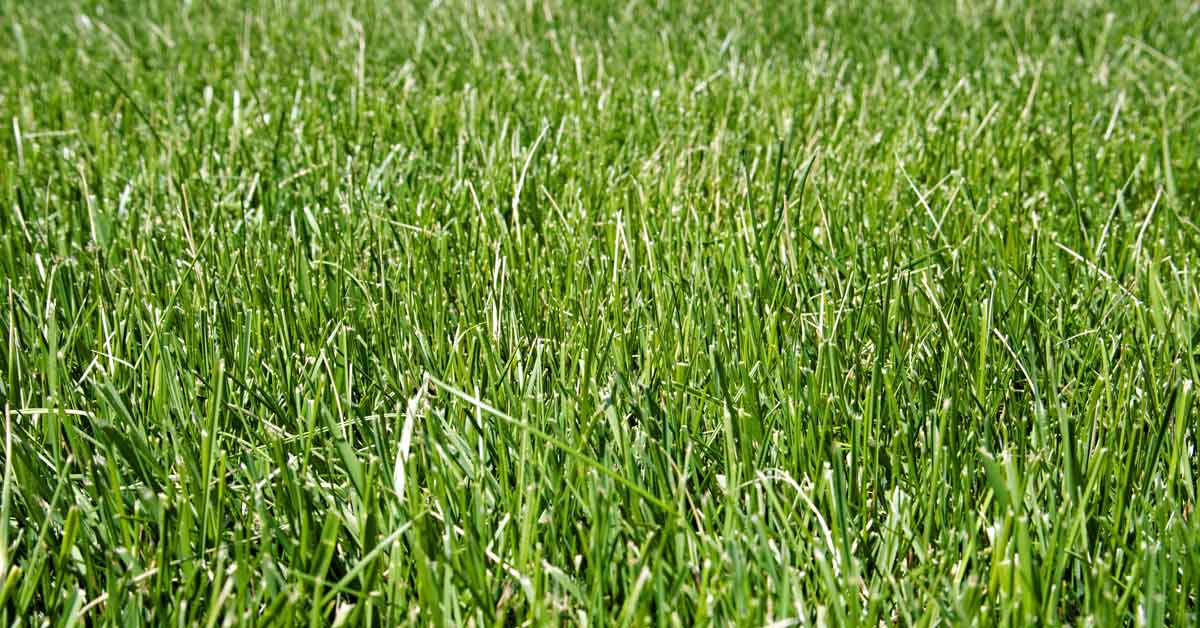
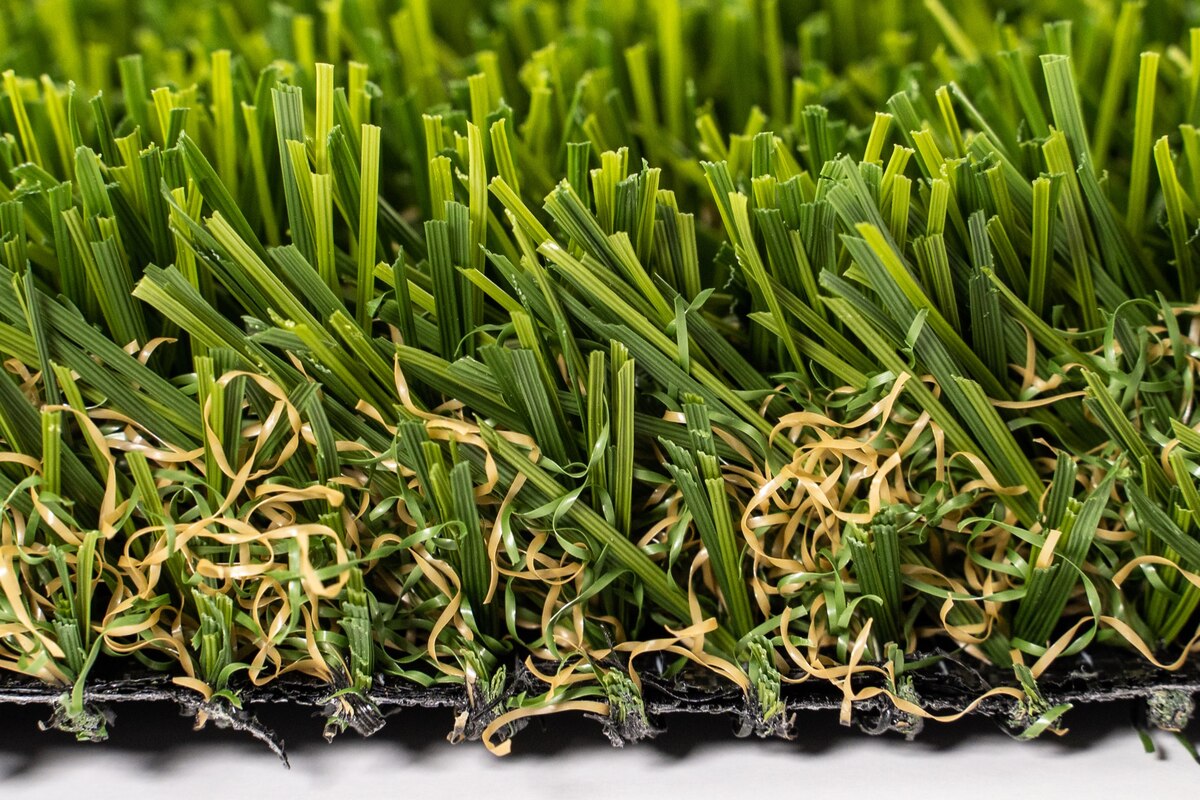

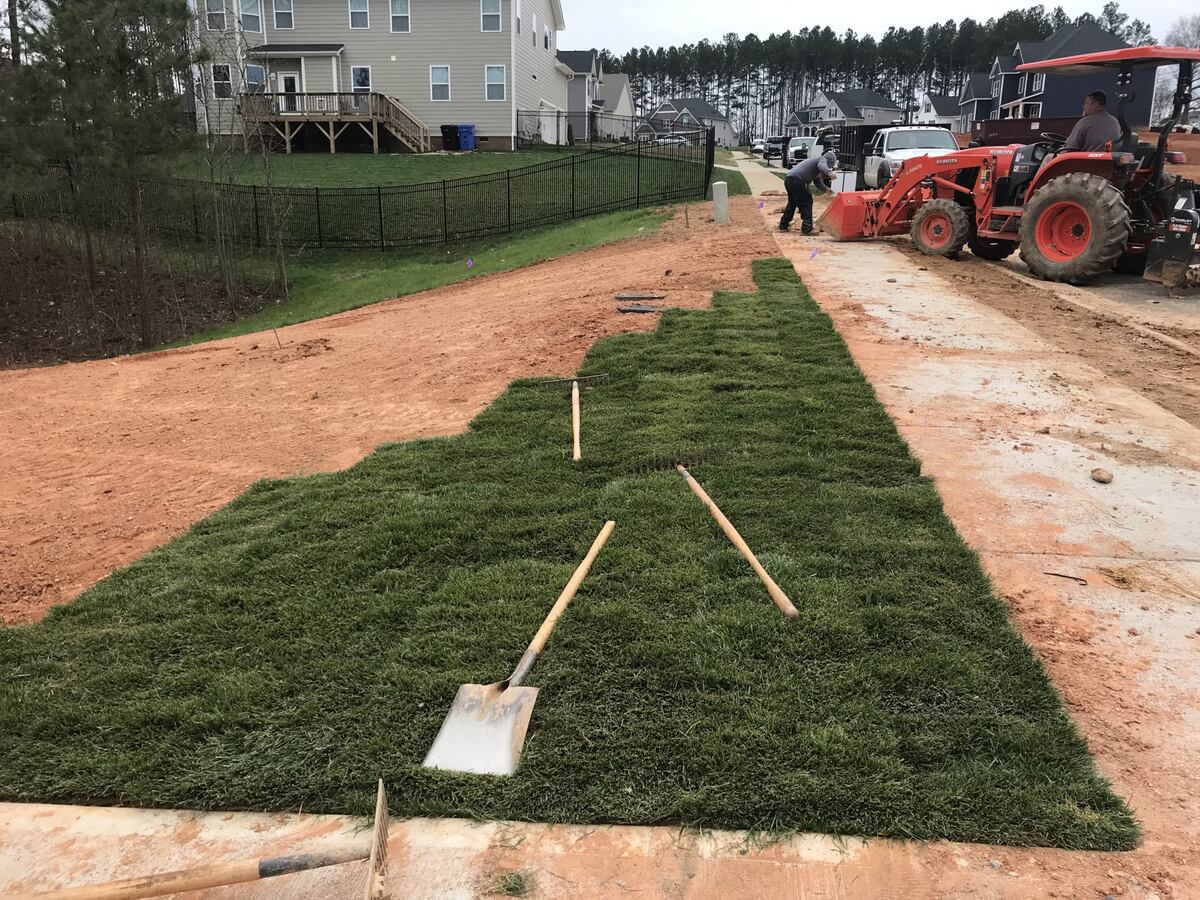

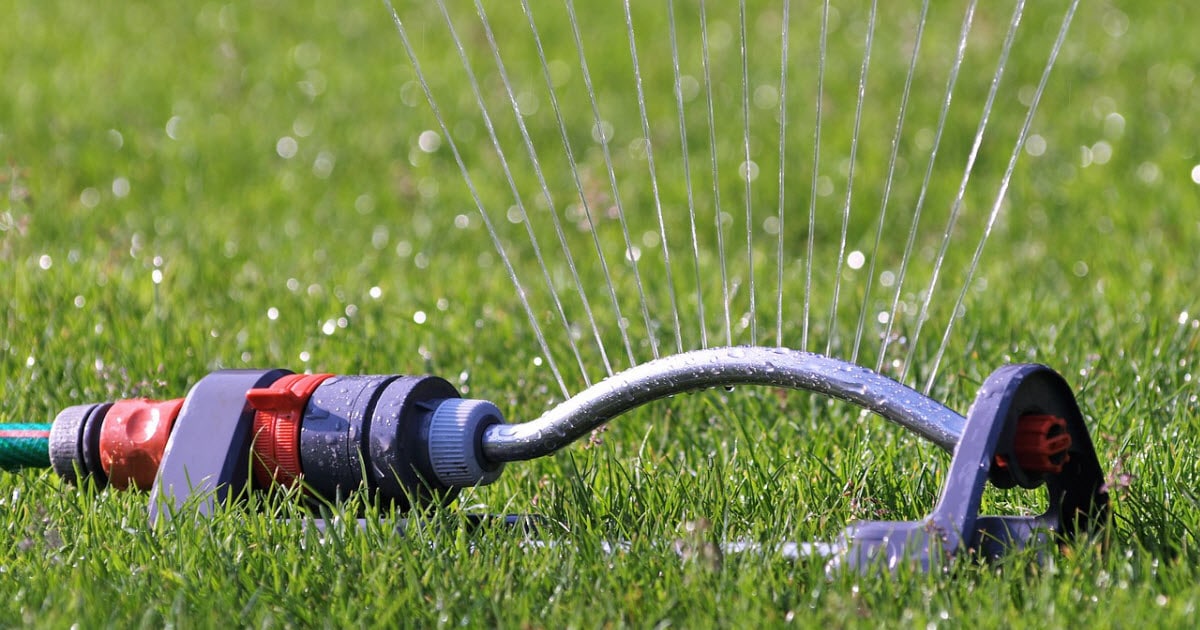
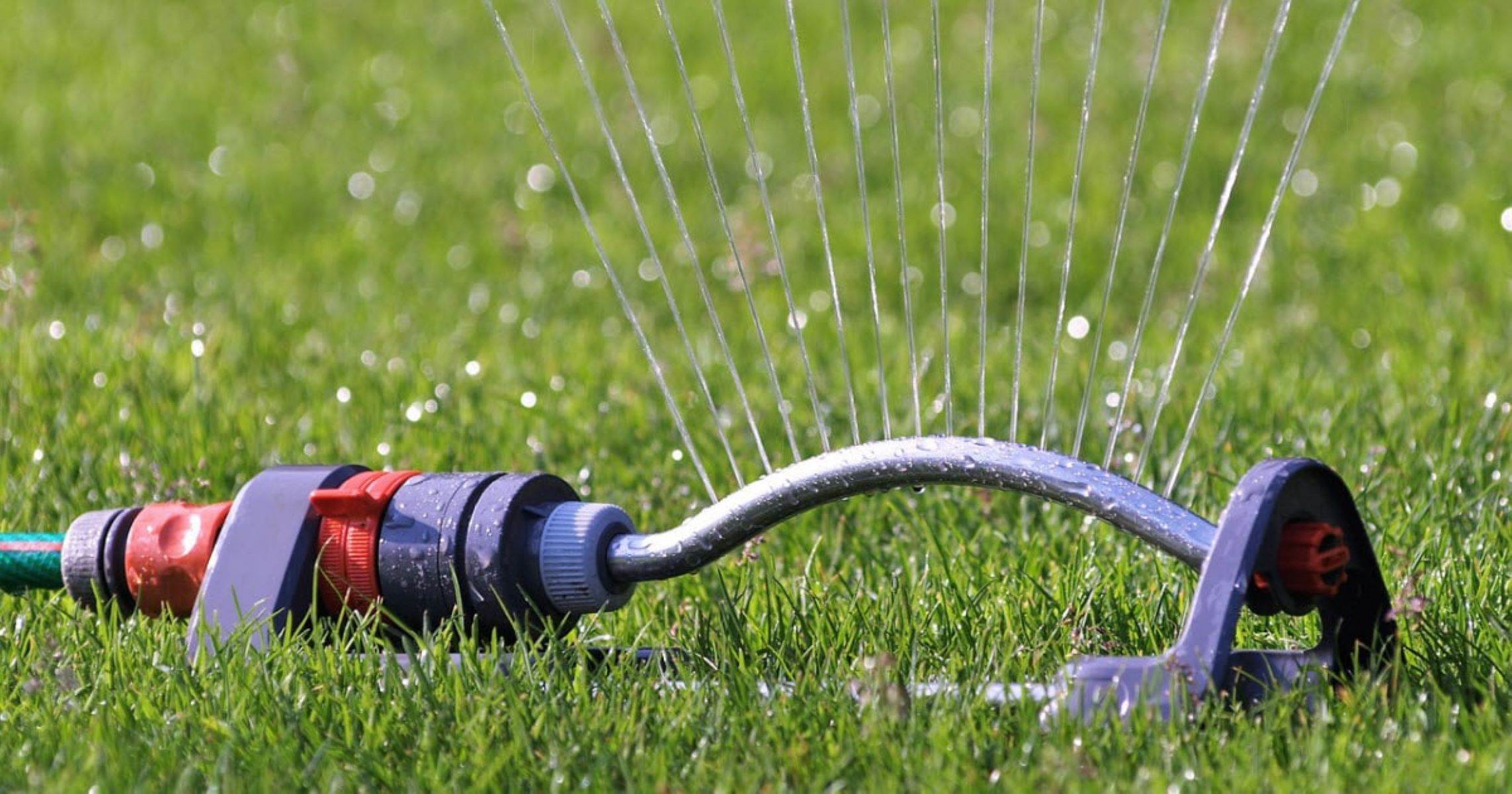

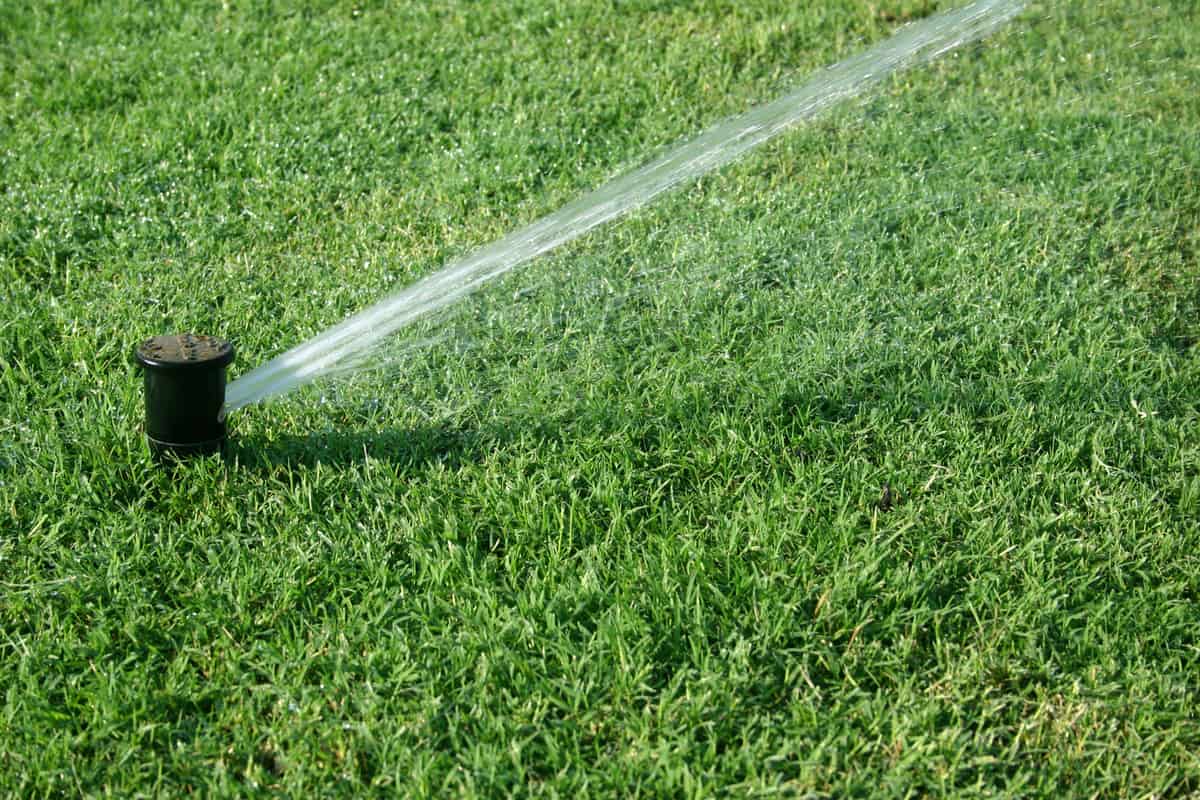
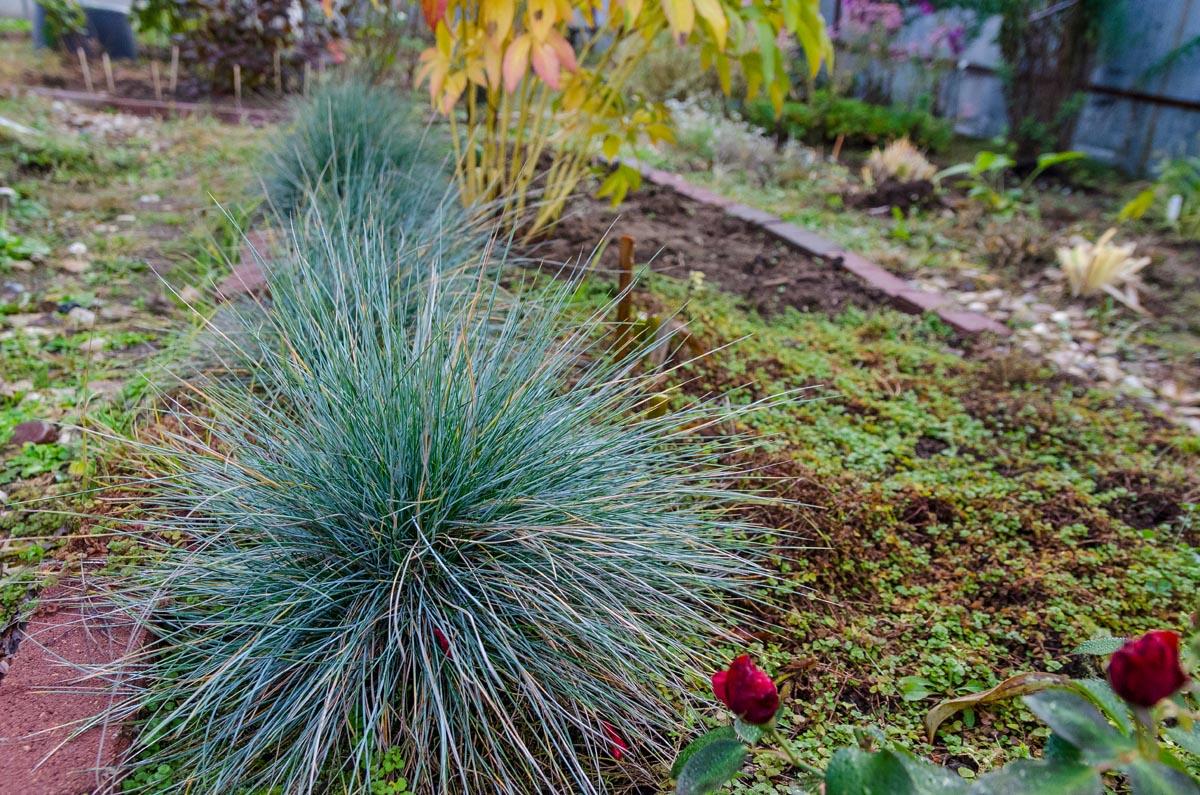
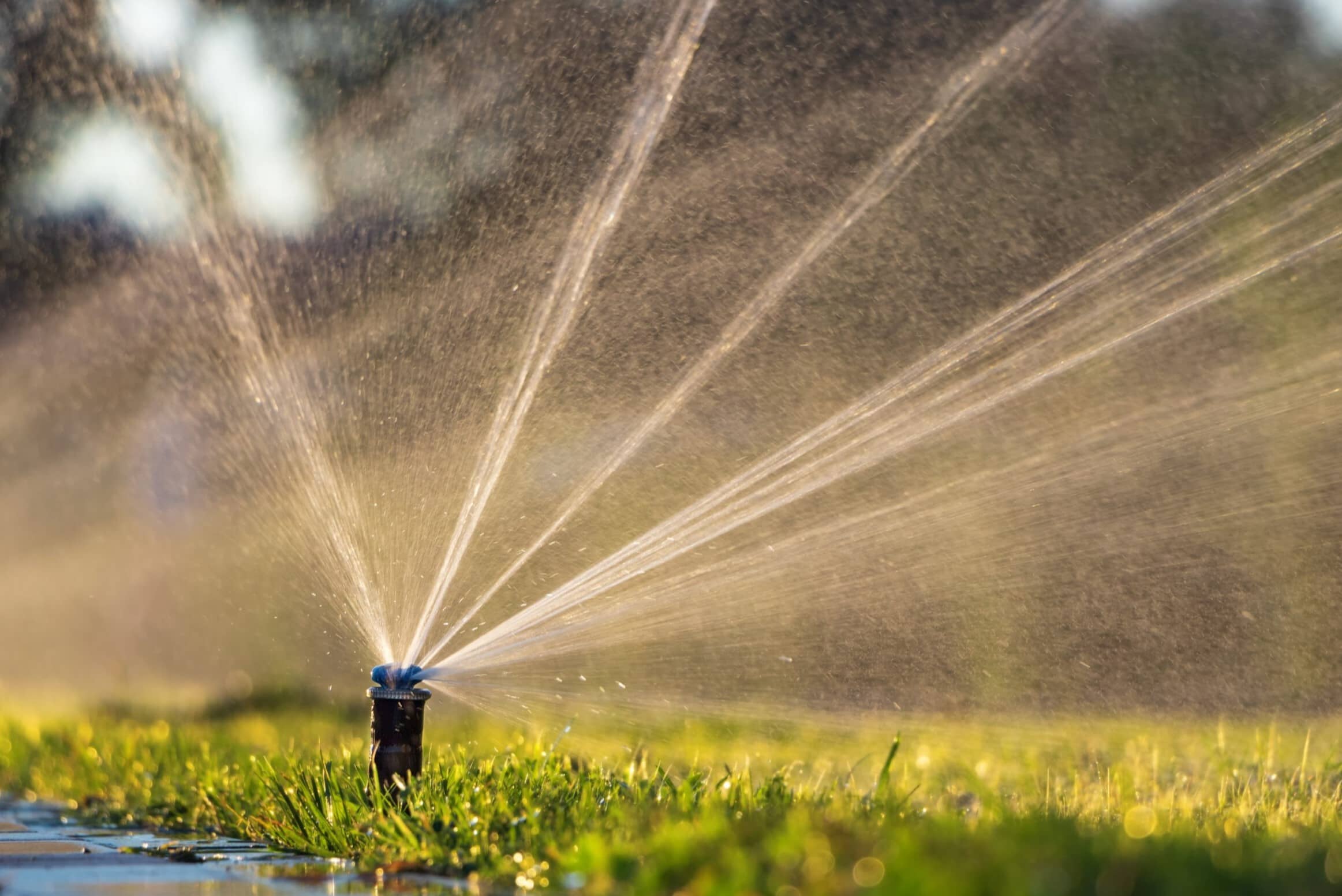
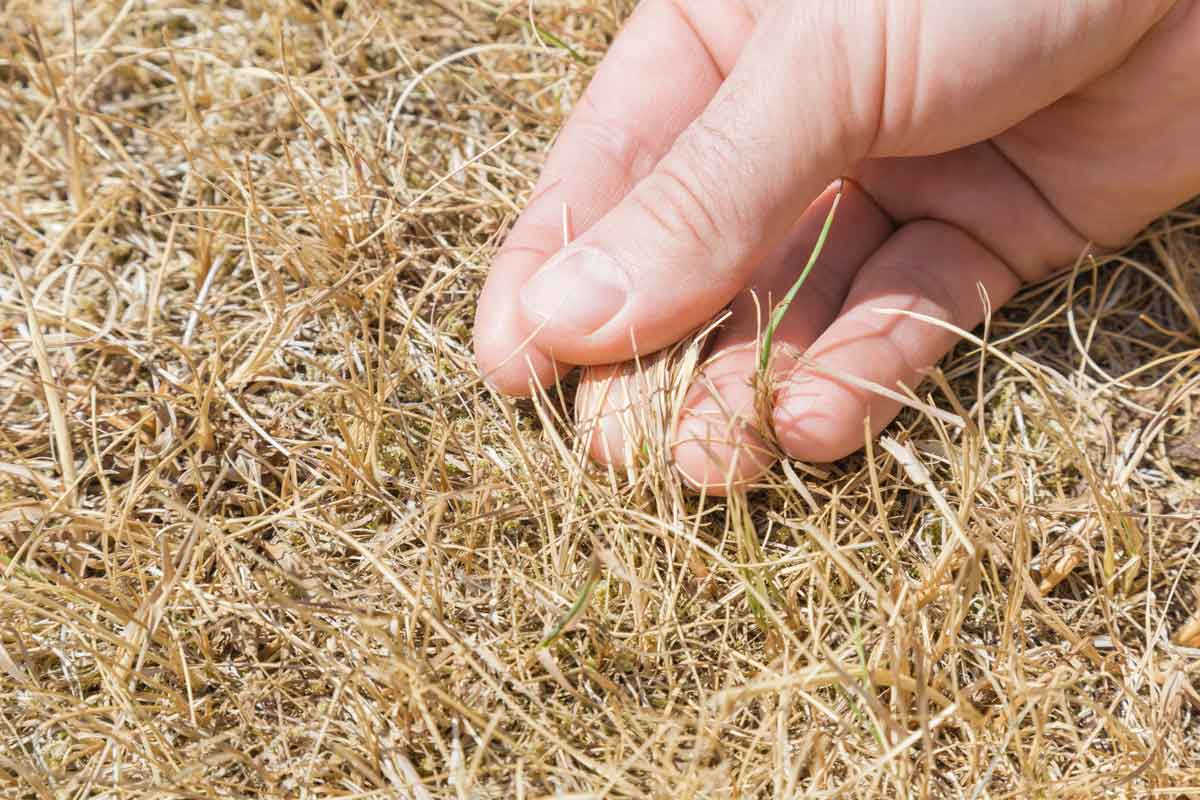
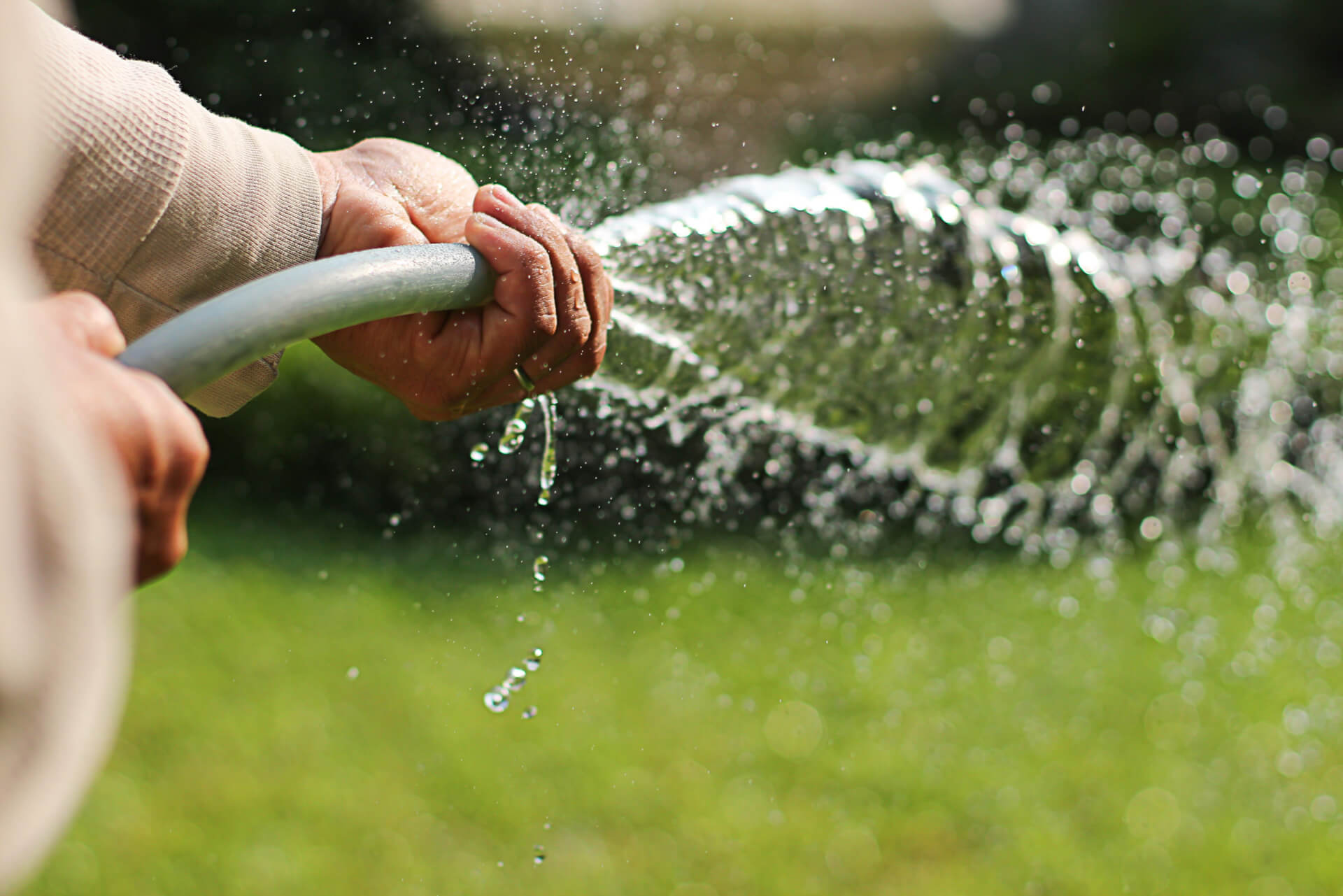
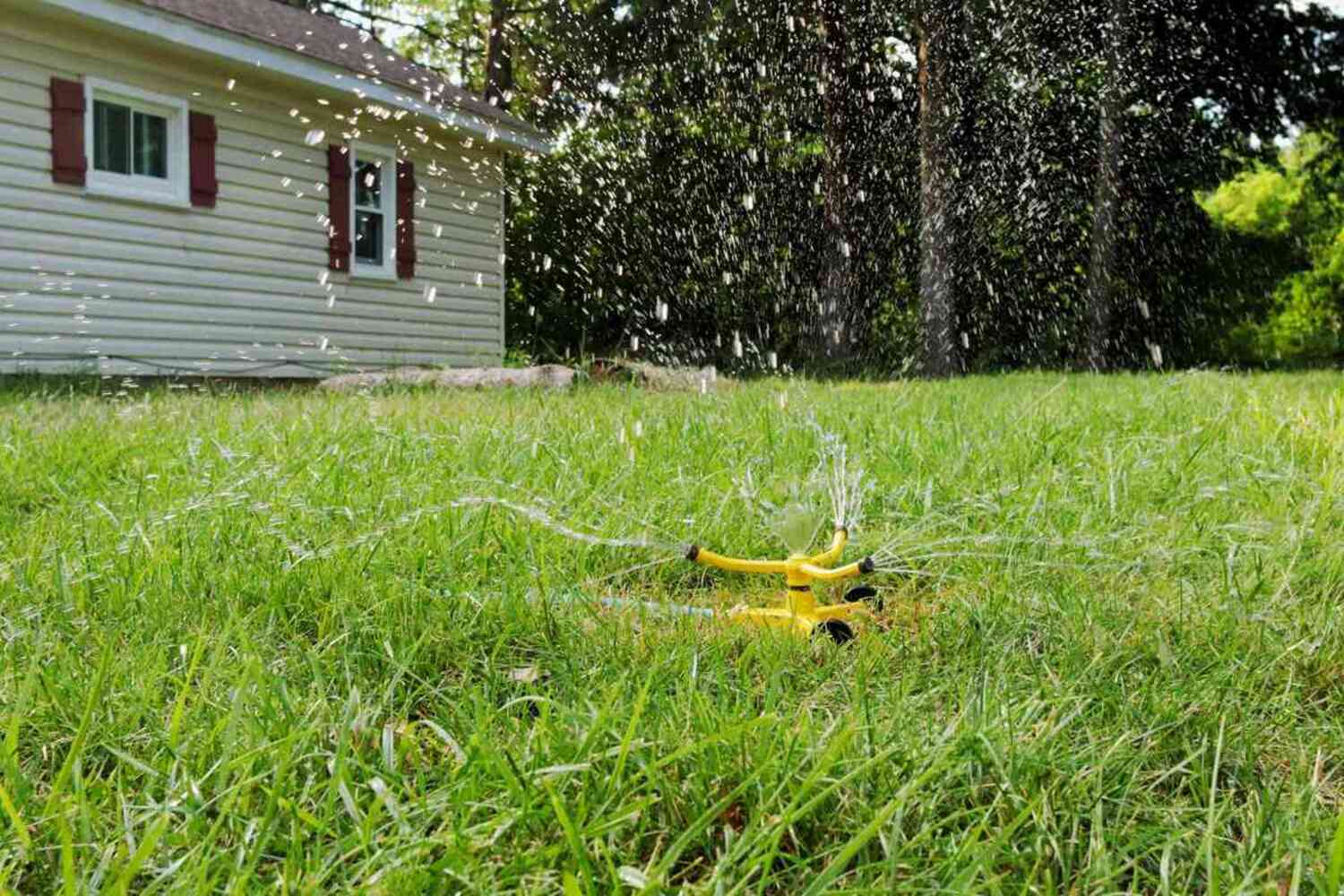
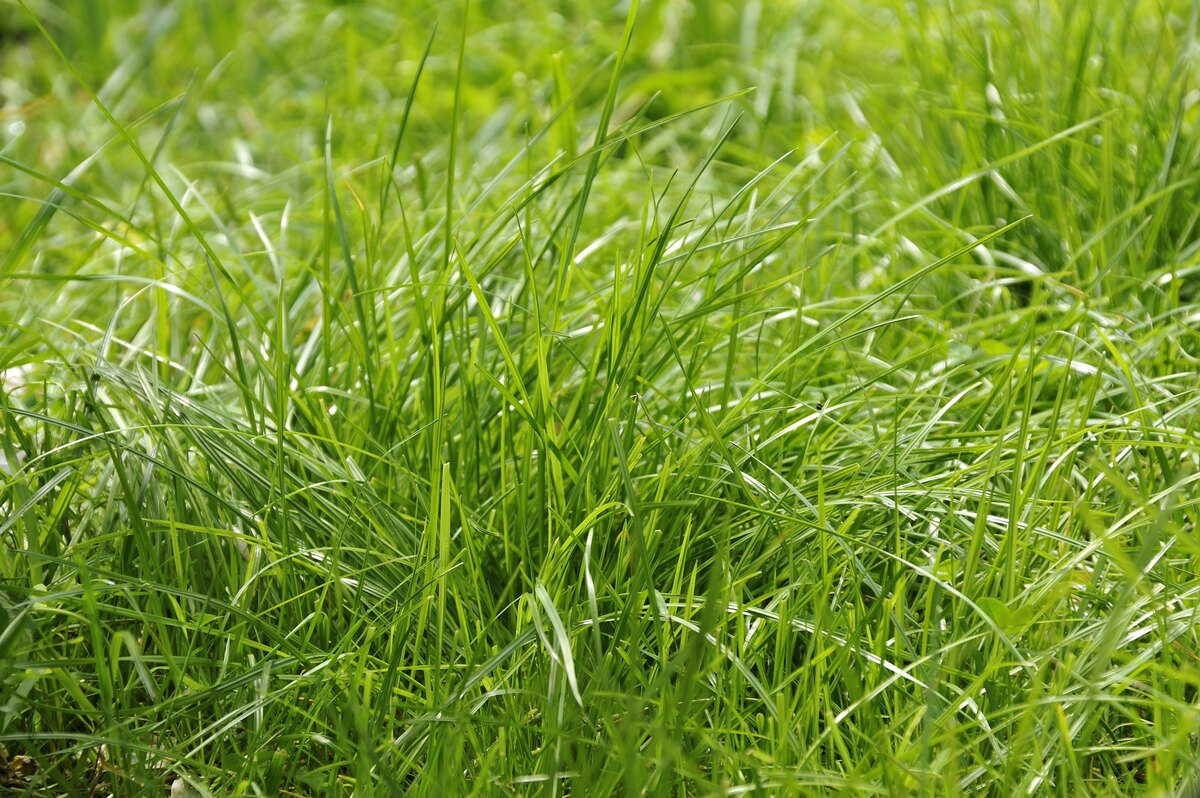

0 thoughts on “How Long To Water Fescue Grass”